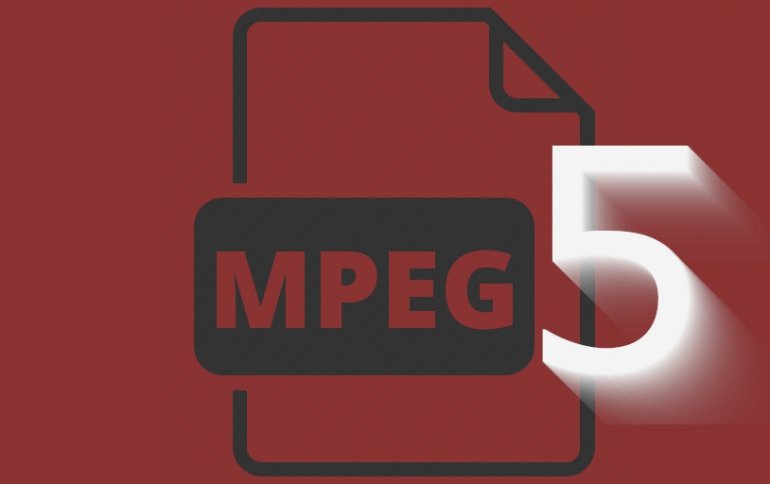MPEG-5 could unlock UHD
April 24, 2024
By Chris Forrester

Thierry Fautier, until recently a senior figure at Harmonic and now MD at Your Media Transformation, in a comprehensive paper presented at NAB, said it is about time to change the game on UHD deployment.
He especially drew attention to the Brazil TV 3.0 announcement, and its plans to standardise on a UHD VVC together with LCEVC (Low Complexity Enhancement Video Codec) service in 2025. “This is a pure green field play, not many countries can afford to do that,” said Fautier. LCEVC is created by V-Nova.
“Many countries already have legacy HD and would love to deploy UHD. The currently used approach is what I call the ‘brute force’ UHD simulcast approach where a 15M/s (HEVC) feed is created next to the HD one. This is 1)costly in terms of spectrum and 2)does not allow a full UHD transition, so pretty much an interim solution. This applies to countries like US, Korea (ATSC 3.0/HEVC) or Spain and more recently France (DVB-T2/HEVC). But in some countries like Italy, there is no spectrum allocated to UHD, so how is UHD going to happen then?,” said Fautier.
“The answer,” he said, “comes with LCEVC that is built on legacy codecs, being AVC or HEVC for the HD layer, and adding a small overhead (2-3M/s) that can deliver a full UHD (2160p50/60 HDR) experience. Some spectrum re-allocation will still have to be done, but we talk about saving 12-13M/s vs the traditional approach.”

He added that most countries, excluding Brazil, have opted for HEVC for their UHD transmissions resulting in bandwidth consumption ranging from 150 per cent to 400 per cent compared to HD and which Fautier says is notably inefficient in spectrum usage. The Brazilian technology uses VVC+MPEG5 LCEVC and which consumes 150 per cent of bandwidth compared to HD using AVC.
Fautier said it is time for the DVB organisation to ratify MPEG-5 LCEVC as an attractive possible option to deploy a broadcast system. It would be backward compatible for legacy TV sets. It would significantly reduce bitrate requirements making UHD DTT feasible in scenarios where spectrum is limited.
V-Nova says its technology is good for a number of high-quality resolution with end-to-end solutions across numerous use-cases across broadcast, pay-TV, streaming, XR/VR and cloud gaming.
